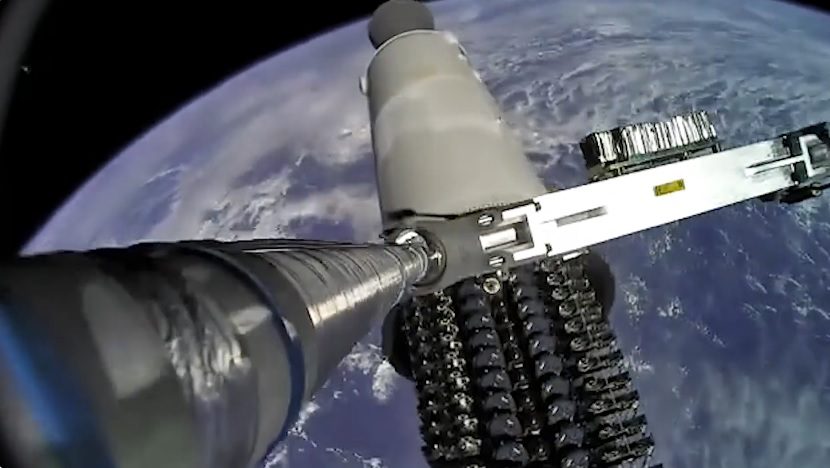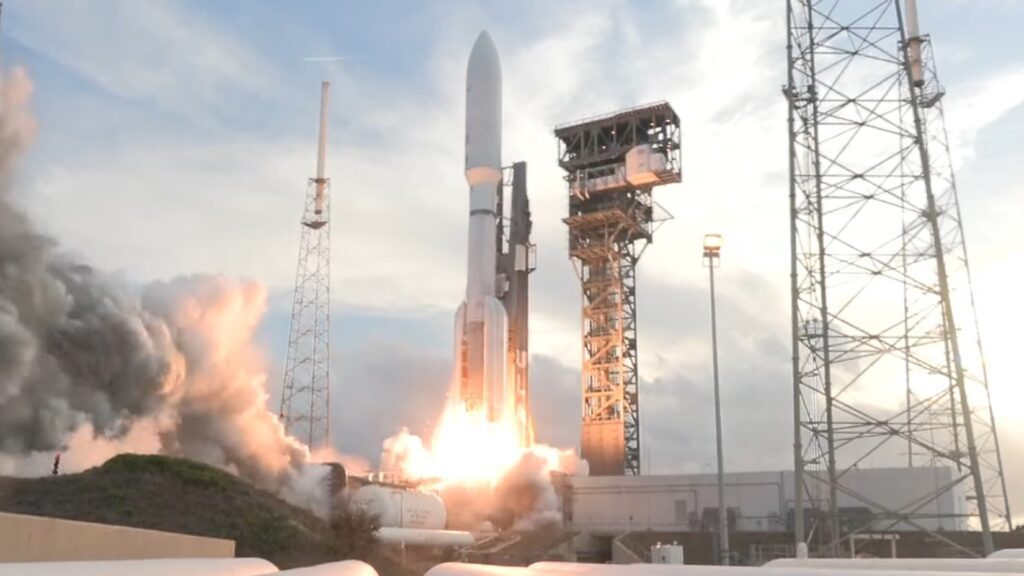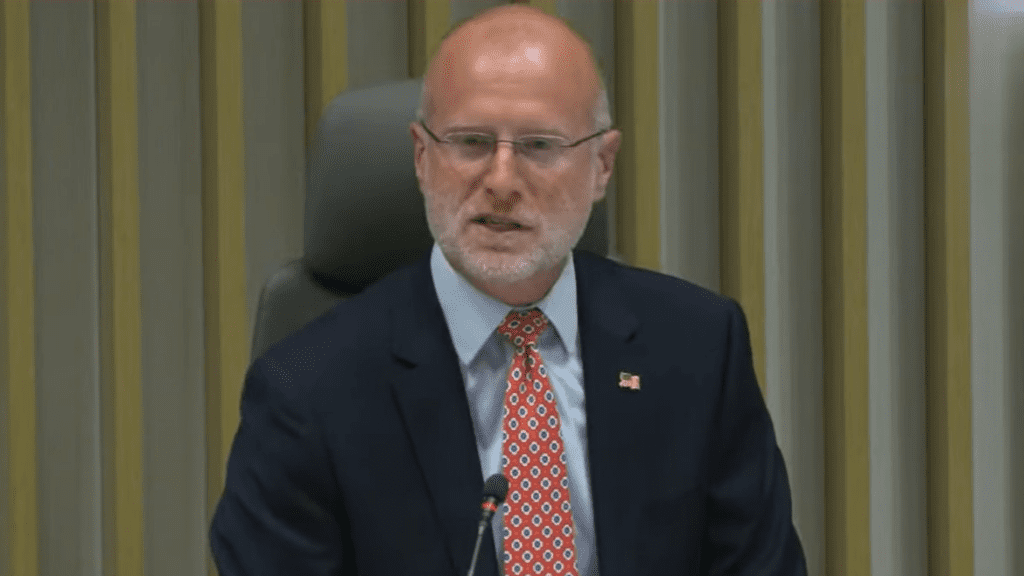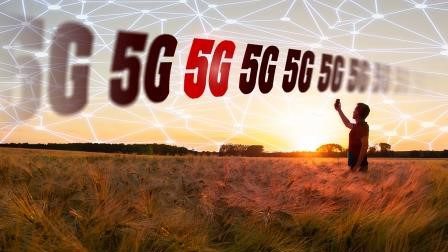FCC Hopes to Kick-start Sat/Cell Connections
Randy Sukow
|

This morning, the FCC unanimously adopted a Notice of Proposed Rulemaking that has the effect of encouraging what it calls the “single network future.” It proposed a “regulatory framework” for mobile phone networks and low earth orbiting (LEO) satellite operators to develop smart phone connections to satellite constellations. Within two years, such networks could deliver text messages to the most remote areas outside of cellular coverage.
“Our approach is designed to make it easier for satellite operators, collaborating with terrestrial providers, to obtain authorization for converged services,” said Chairwoman Jessica Rosenworcel during today’s FCC agenda meeting. “By providing clear rules, i think we can kickstart more innovation in the space economy while also expanding wireless coverage in remote and unserved areas. We can make mobile dead zones a thing of the past, but even better, we have an opportunity to bring our spectrum policies into the future.”
Rosenworcel added that she has heard interest in sat/cell service integration from regulatory bodies in other countries. The FCC, however, is the first to suggest a regulatory framework and any eventual Commission decisions could influence how the rest of the world handles the service.
The NPRM proposes to formally authorize non-geostationary satellite orbit (NGSO) entities to use a portion of their spectrum allocations for communications with terrestrial devices. It would set aside certain “flexible-use” bands for such connections. The Commission also asked for comment on how best to connect emergency response agencies to sat/cell communications.
During the second half of 2022, companies establishing NGSO constellations and mobile phone companies indicated their interest in developing the concept. The most prominent project appears to be a plan SpaceX and T-Moible announced last summer to link the second generation of the Starlink satellite service with the T-Mobile network. Earlier this week, a SpaceX executive said that the two companies would be ready to begin testing the service before the end of 2023.
According to press reports, second-generation Starlink communications will run over SpaceX “V2” and “V2 Mini” satellites, which will open four times the capacity of current-generation Starlink. SpaceX began launching second-generation satellites last month; SpaceX’s Elon Musk shared a video of the satellite deployments from the rocket on his Twitter feed (pictured above).
During this morning’s meeting, Rosenworcel emphasized that early sat/cell communications would be in the form of simple text messages. But all four commissioners expressed the need to begin considering a regulatory approach that insures that regulation does not interfere with any future attempts to establish seamless communications among all networks as combination develop and improve.
“We will not be successful in this effort to make always-on connectivity available to everyone everywhere if we limit ourselves to just one technology,” Rosenworcel said. “We are going to need it all: fiber networks, licensed terrestrial wireless systems, next-generation unlicensed technology and satellite broadband. If we do it right, these networks will seamlessly interact in a way that is invisible to the user.”


